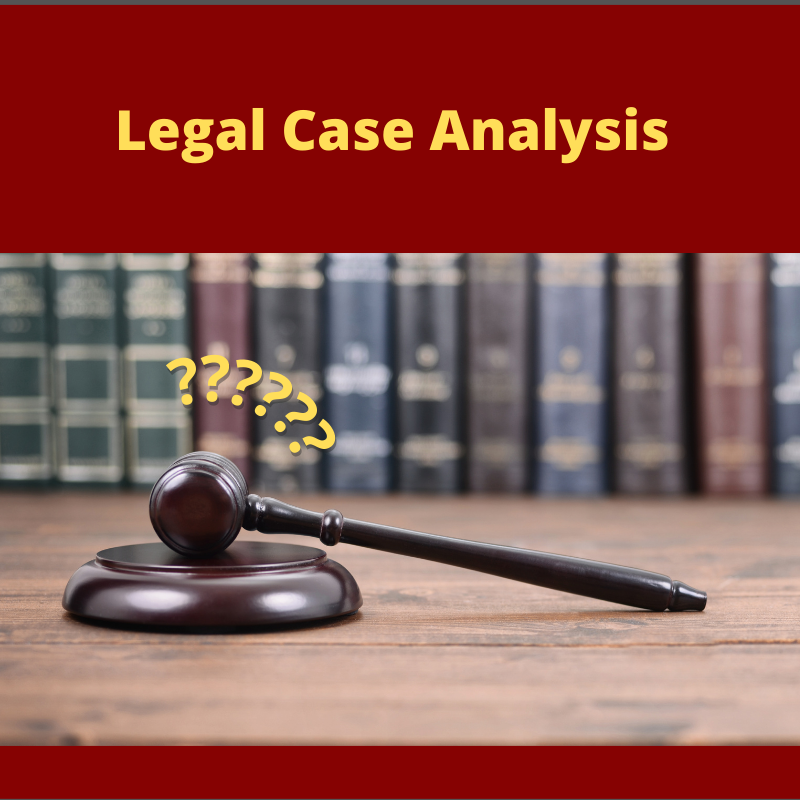Corpus Linguistics
The text-corpus method uses the body of texts written in any natural language to derive the set of abstract rules which govern that language. Those results can be used to explore the relationships between that subject language and other languages which have undergone a similar analysis. The first such corpora were manually derived from source texts, but now that work is automated.
—Wikipedia: Corpus linguistics (Jan. 2023)
Why is this of interest in the Second Amendment
It has been litigated at the Supreme Court three times now. The right of The People to keep and bear arms is an individual right. This is shown by dictionary meanings of “to bear” and “to keep”. It makes plain sense.
It is also a plain reading of the text.
The infringers want our right to self-defense to be restricted. Horribly restricted.
The easiest way to do that is to get rid of that nasty old pest, the Second Amendment.
How they do that is to attempt to make things “not arms”. They are failing. They attempt to make it not apply in this particular location. That is being challenged and they expect to lose.
They are also attempting to redefine what “The People” means to exclude most, or at least make the process of becoming a member of “The People” a matter for the state. In other words, the state wants “The People” to mean only law-abiding, responsible citizens, as defined by them.
There is another attack vector they are using. They want the Second Amendment to be a collective right, granted to the organized militia controlled by the state.
The path they are using is corpus linguistics. The gist of which is they take all the written works from that culture, as defined by location and time, and create a “normal” meaning.
Since the term “bear arms” appears primarily in the context of armies and militias, the state, and their amicus, claim that “to keep and bear arms” exists only in the context of the Militia.
Let’s take a modern version of this. The workword “Fuck”.
To fuck has a dictionary meaning of “have sex with someone” or “an act or instance of having sex.”
If we were to collect all the uses of the word “fuck” in the United States for over the last decade (or more) we would find a different “normal” meaning. That would be more of a word of contempt, “fuck you”. Or of annoyance, “Fuck it”. Or, as just a way of adding emphasis, “clean your fucking room.”
The Supreme Court isn’t stupid. They saw through this the last time it was brought forward, and many times before.
That never stops the infringers. When we are all dead and gone, if there is still a protected right to keep and bear arms, you can bet your bottom dollar that there will be infringers out there making the same tired arguments.



